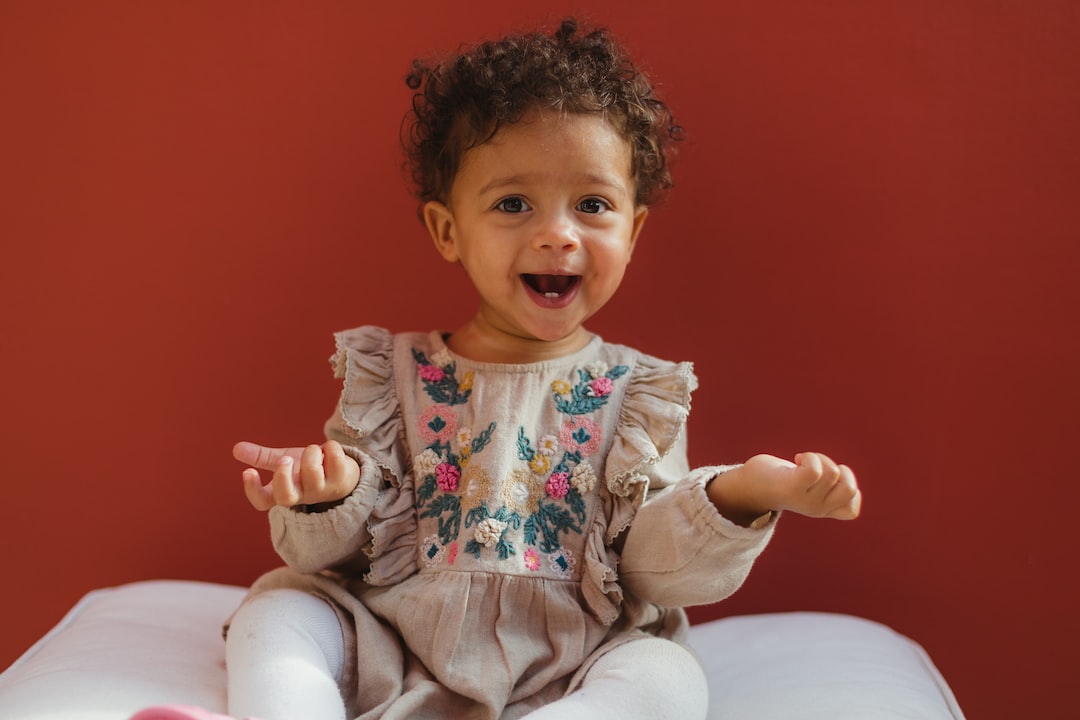Unveiling Speech Development Milestones
Your baby’s road to verbal communication, also known as their speech development, undergoes different stages guided by their vocal mechanism maturation and ability to interact with their surroundings. Observed patterns in typical speech development include:
- Birth to 3 months: Your baby will start with vowel-like sounds transitioning to “coos” and “goos.”
- 4-6 months: It’s the onset of the babbling phase.
- 7-12 months: Babbling becomes more speech-like, and babies start to understand gestures.
- 12 months: First words are formed (although this can vary).
The first babbles will likely include the “p,” “b,” and “m” sounds due to the ease of lip movement, leading to the repetition of sounds like “puh puh puh,” “buh buh buh,” and “muh muh muh.”
How to Foster Your Baby’s Language Development
Your participation is critical in developing your baby’s speech. Here are a few useful strategies to adopt:
- Engage in conversation with your baby as often as possible.
- Pause after speaking, allowing time for your infant to assimilate your speech and “respond.”
- Use a variety of tones and syllables to stimulate imitation and new sound learning.
- Give meaning to your baby’s babbles by responding. If your baby utters something like “ma ma ba ba” while looking around, respond by saying, “Oh, are you looking for your bottle? Where did the bottle go?”
Research highlights that using a large number of words while speaking to infants fosters language development, so ensure you talk, read, and sing using proper words.
The Baby’s Perception of Adult Talk
Your baby begins to create speech-like sounds around 6 to 7 months after practicing lip and tongue movements. The diversity in sounds such as “ba ba-pa-ta-bi-bi-bi” gives way to their first words, likely to be heard around their first birthday. Observe for the change in tone and inflection which suggest a question or remark. Equipped with the understanding of conversation dynamics, your baby will wait for a response after expressing themselves. If the tone isn’t sufficient for comprehension, be sure to look at facial expressions and body language.
Implications of Your Baby’s Speech
Take note of nuances in your baby’s speech. For instance, excitement could be expressed by bouncing up and down with a wide grin, or a frown accompanied with a high-pitched voice could suggest dissatisfaction. It’s important to pay attention to what your baby expresses.
The Flourishing Language Skills
As your baby nears the end of their first year, their babbles morph into longer sentences filled with nonsensical syllables. They mimic the intonation and rhythm of adults. Common first words around their first birthday might include “Dada,” “mama,” “baby,” “ball,” “doggie,” “book,” and “hi.”
When to Seek Professional Help?
While anticipating your baby’s first word is exciting, remember that children grow and learn at different paces. However, if you notice a halt or regression in their speech and language development or a lack of babbling, gesturing, or eye contact, it’s advisable to consult with a pediatrician and a speech-language pathologist. The sooner a potential speech or language issue is identified and addressed, the better the outcome for the child.
Frequently Asked Questions
At what age do babies start talking?
First words are usually heard around the baby’s first birthday, but it can vary, and some babies might start voicing out words a bit earlier or later.
What are the signs of speech delays in babies?
If a baby is not babbling, gesturing, or making eye contact by 15 months, it might be a cause of concern, and you should consult a professional.

